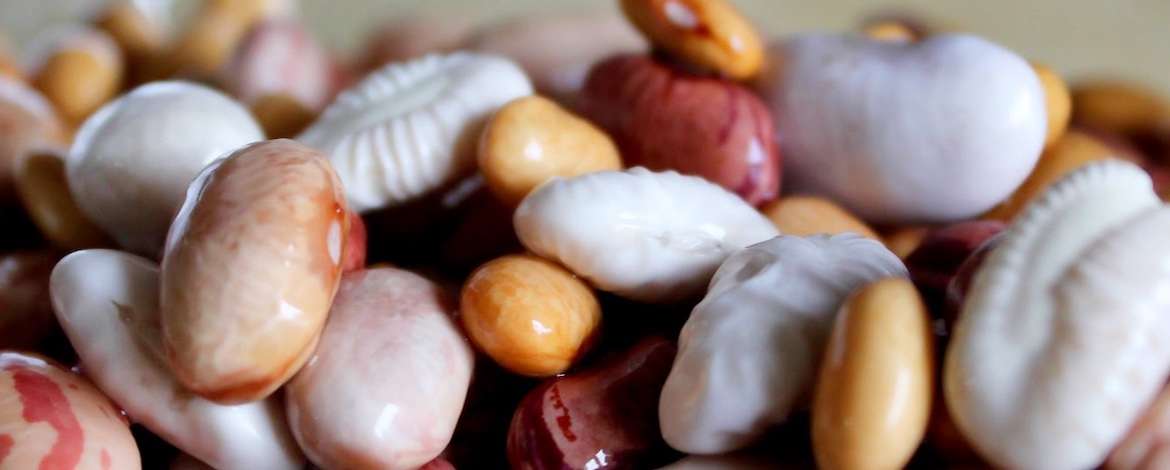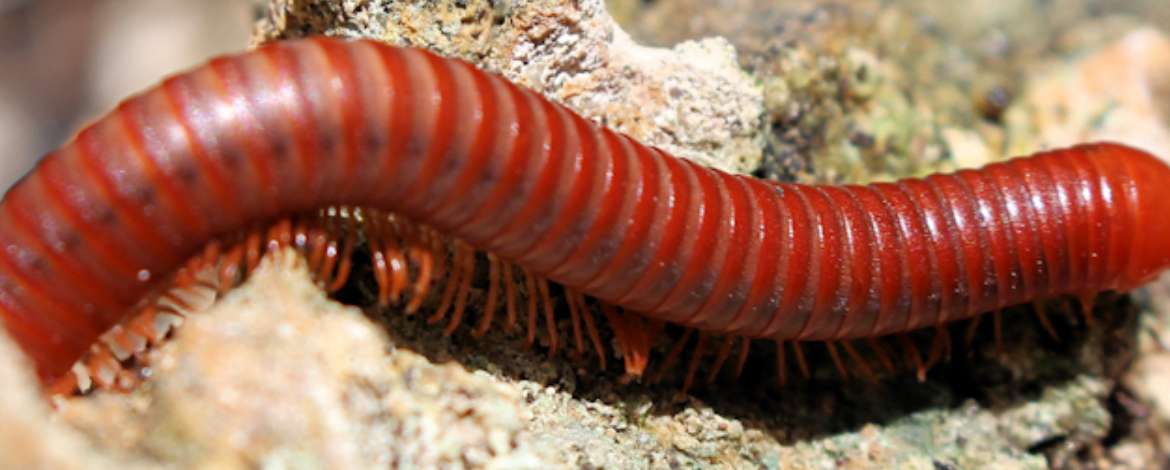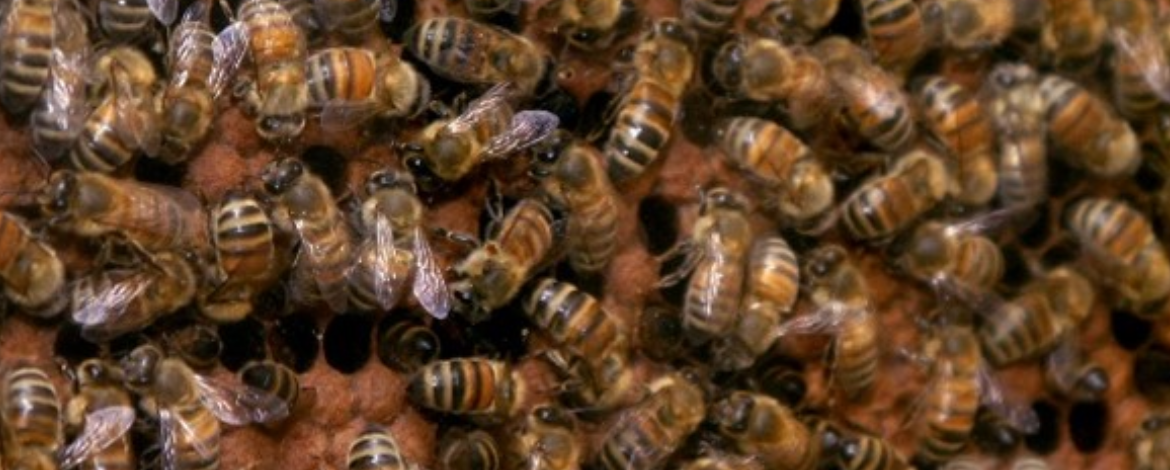This fruit tree is a superstar in Brazil.
In the plant world, there are some superstars. Sometimes it’s because of their beauty, like roses and orchids. Sometimes it’s due to their usefulness like corn and bamboo. Sometimes it’s because they have multiple assets. Jaboticaba, or Jabuticaba, Plinia cauliflora, or Myrciaria cauliflora is one such plant.
I…












